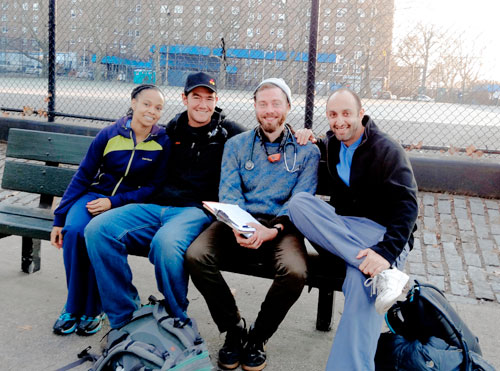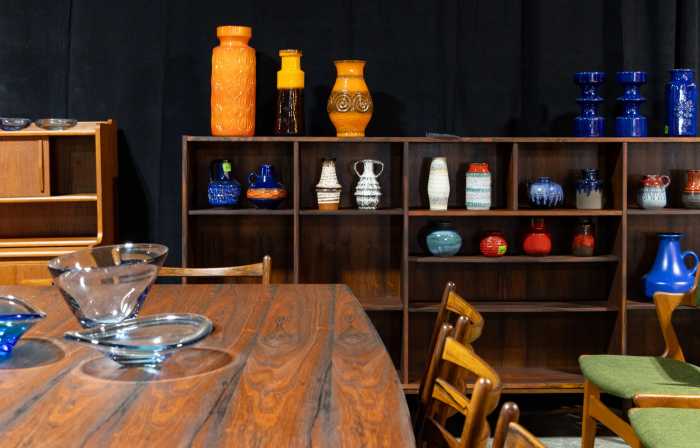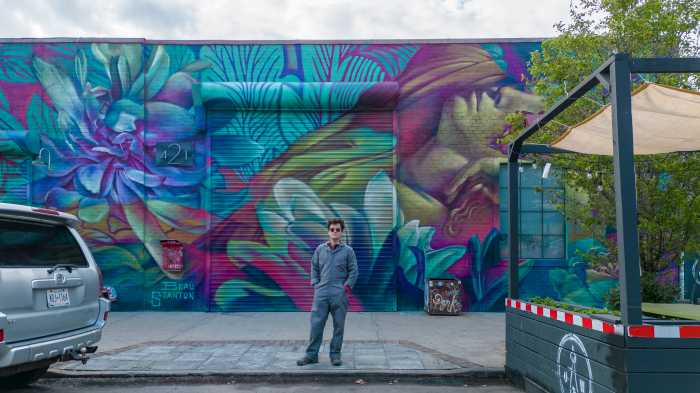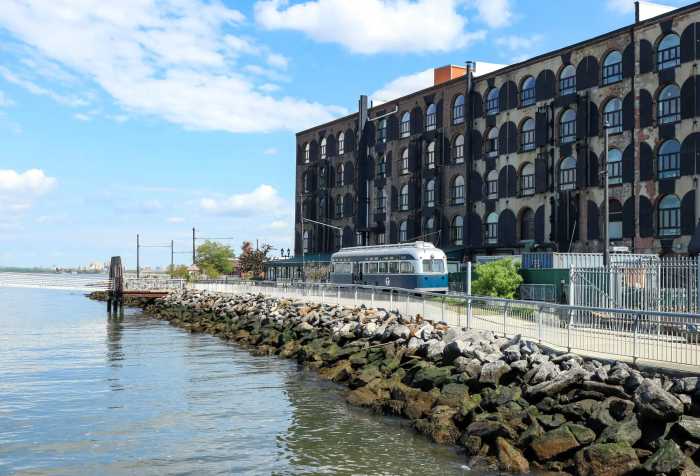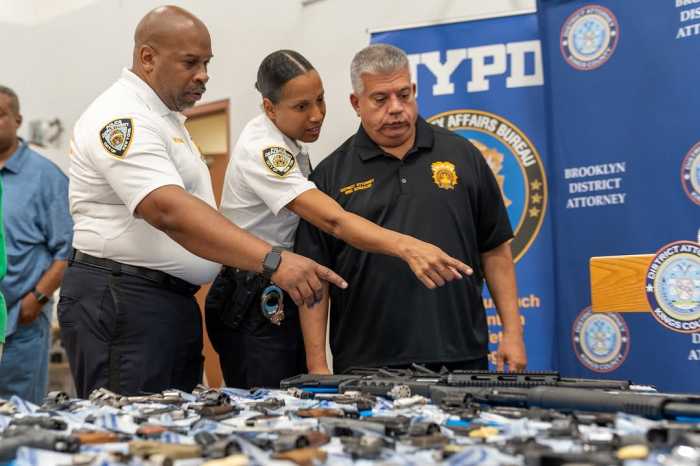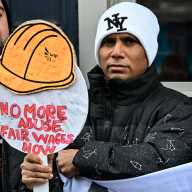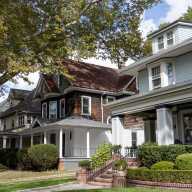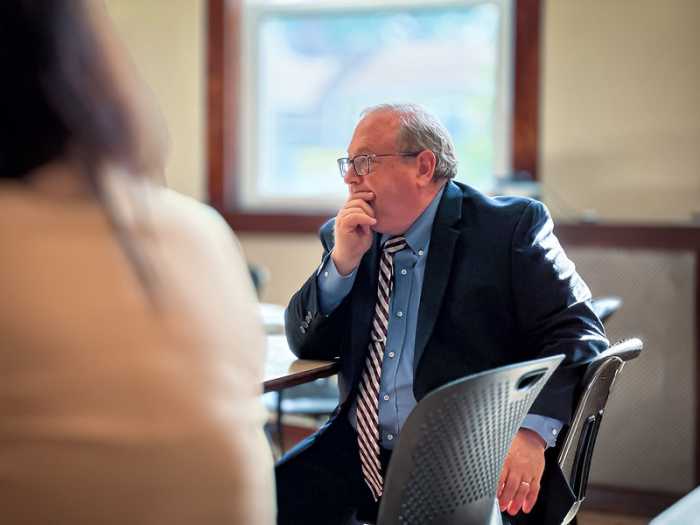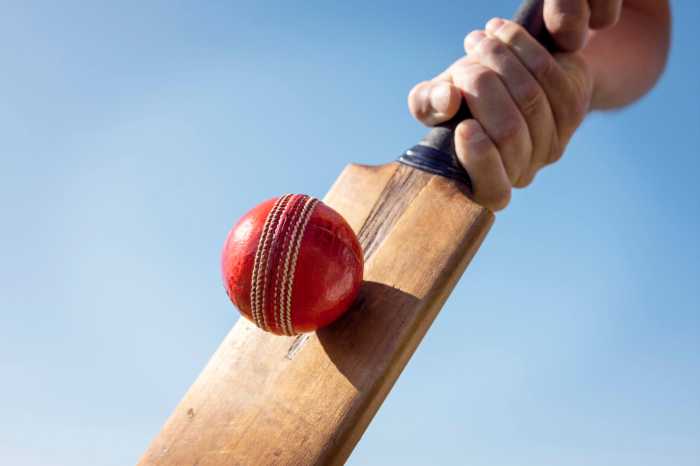A ragtag group of doctors and medical do-gooders left their hospitals and clinics to care for Red Hook’s sick and elderly after Hurricane Sandy ravaged the neighborhood’s housing projects.
With the community’s clinics closed and emergency aid slow to arrive, the motley crew gave daily check-ups and vital medication to ailing residents living without heat or electricity for two weeks.
“In circumstances like these there has to be active community outreach, going into people’s homes, assessing medical needs and providing treatment,” said Matthew Kraushar, a 26-year-old Red Hook native and student at the Robert Wood Johnson Medical School who assembled the makeshift medical team.
Shuttered pharmacies and broken elevators left diabetics, asthmatics, and people with heart problems trapped in their apartments with dwindling prescriptions, so Kraushar rallied a band of physicians, many of them from Manhattan’s Bellevue Hospital Center — which was closed due to the flood — to deliver medication door to door in the Red Hook Houses.
The 30 doctors and volunteers offered their services to the 4,000 inhabitants of Brooklyn’s biggest public housing development — and found 300 patients requiring treatment, prescription refills, or basic supplies.
Neighbors such as 90-year-old Marie Chavis — who received blankets, batteries, and candles from the medical team — were grateful for their help.
“I just came out of the hospital after a major operation,” said Chavis, a diabetic with a heart condition. “This storm affected me very badly.”
Residents of the Red Hook Houses weren’t the only ones who received free aid — community groups pitched in to help the medical team.
The Occupy Wall Street splinter group Occupy Sandy provided the doctors with medical supplies and the neighborhood aid group the Red Hook Initiative offered them space on Hicks Street until the Joseph P. Addabbo Family Health Center on Richards Street reopened a week after the storm.
The volunteers then set up shop in the flood-damaged clinic until government backup arrived.
Red Hook Houses residents blasted the Housing Authority for leaving them without utilities for weeks after floodwater destroyed generators in building basements, but the city says it did everything it could to keep tenants safe, even evacuating 22 vulnerable residents before the storm arrived.
“We’ve been identifying people with medical problems, transporting people to hospitals, bringing food to the home-bound and refilling medication,” said Nora Reissig, the agency’s family services director, who says city workers went door to door, then compared notes on tenants’ needs with a database compiled by Kraushar’s volunteers and the Red Hook Initiative. “We’re making sure all the residents in Red Hook Houses have what they need.”
But neighborhood activists say the storm proves that Red Hook’s poor and infirm are especially at risk when things go bad.
“This population is stuck between a rock and a hard place because they don’t have the financial resources to do anything about it,” said Alexandra Perisic, 28, a member of Occupy Sandy.
“The past two weeks have illuminated the way that poverty can magnify the problems after a disaster.”


